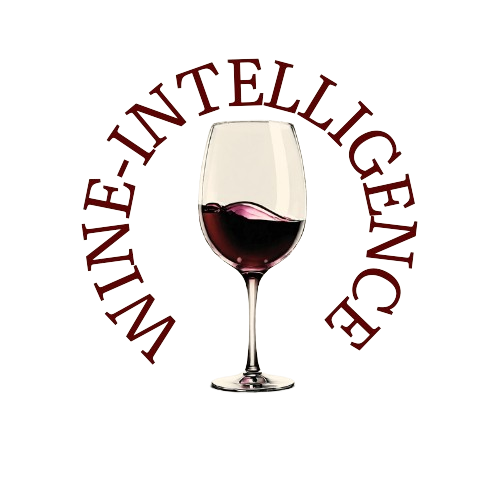In 2023, the sparkling wine market witnessed a notable shift in consumer preferences, with Crémant sales experiencing a significant rise while Champagne sales continued to decline.
According to the Fédération Nationale des Producteurs et Élaborateurs de Crémant (FNPEC), Crémant producers sold over 108 million bottles across the eight appellations, marking an increase of nearly six million bottles, or 5.7%, compared to 2022.
This surge contrasts sharply with the persistent slump in Champagne sales, which have now been declining for 14 consecutive months.
Crémant's Rising Popularity
The FNPEC's data highlights that 60% of Crémant sales occurred within France, with the remaining 40% exported globally. This balance underscores Crémant's growing international appeal and domestic popularity. The average price per bottle has also increased, reflecting the rising demand and perceived value of Crémant wines.
Among the various Crémant appellations, Alsace led with 39.4 million bottles sold, followed by the Loire region at 26.7 million bottles, and Burgundy at 22.3 million bottles. These regions have been pivotal in driving the overall growth, benefiting from their established reputations and the consistent quality of their sparkling wines.
Champagne's Continued Decline
In stark contrast, the Comité Champagne reported a substantial decrease in Champagne sales. In 2023, only 299 million bottles of Champagne were sold, an 8.2% drop from the previous year. The decline was even more pronounced in the first quarter of 2024, with sales plummeting by 17.1% compared to the same period in 2023. This reduction equated to 67.4 million bottles sold in the first quarter of 2024, down from 81.2 million bottles in the corresponding quarter of the previous year.
Export Challenges and Market Dynamics
Export markets have been particularly challenging for Champagne producers. Sales outside the European Union fell by 19.7% in the first quarter of 2024, while EU sales saw an even sharper decline of 25.2%. Non-vintage Champagnes, which typically represent a significant portion of total sales, were the hardest hit. This downturn highlights the broader economic challenges and shifting consumer preferences affecting the Champagne industry.
The contrasting fortunes of Crémant and Champagne reflect broader trends in the wine industry, where consumers are increasingly seeking value and diversity. Crémant, often perceived as a high-quality yet more affordable alternative to Champagne, has successfully capitalized on these trends. Its rising popularity both domestically and internationally suggests a shift in consumer preference towards sparkling wines that offer a balance of quality and affordability.
Future Outlook
The ongoing decline in Champagne sales presents a significant challenge for producers, necessitating strategic adjustments to address changing market conditions. Meanwhile, the sustained growth in Crémant sales positions it as a strong contender in the sparkling wine market. As producers continue to innovate and expand their reach, Crémant is likely to maintain its upward trajectory.
In conclusion, the sparkling wine market in 2023 showcased a dramatic shift with Crémant thriving amid Champagne's decline. This trend underscores the dynamic nature of consumer preferences and the evolving landscape of the global wine industry. As Crémant continues to rise in popularity, it may well redefine the competitive dynamics of the sparkling wine market in the years to come.
Source: Vinetur

